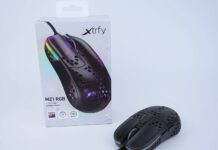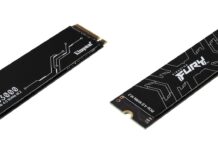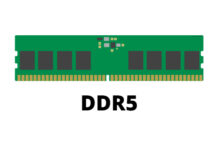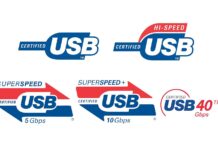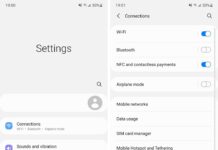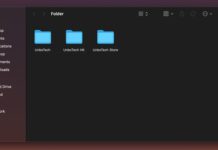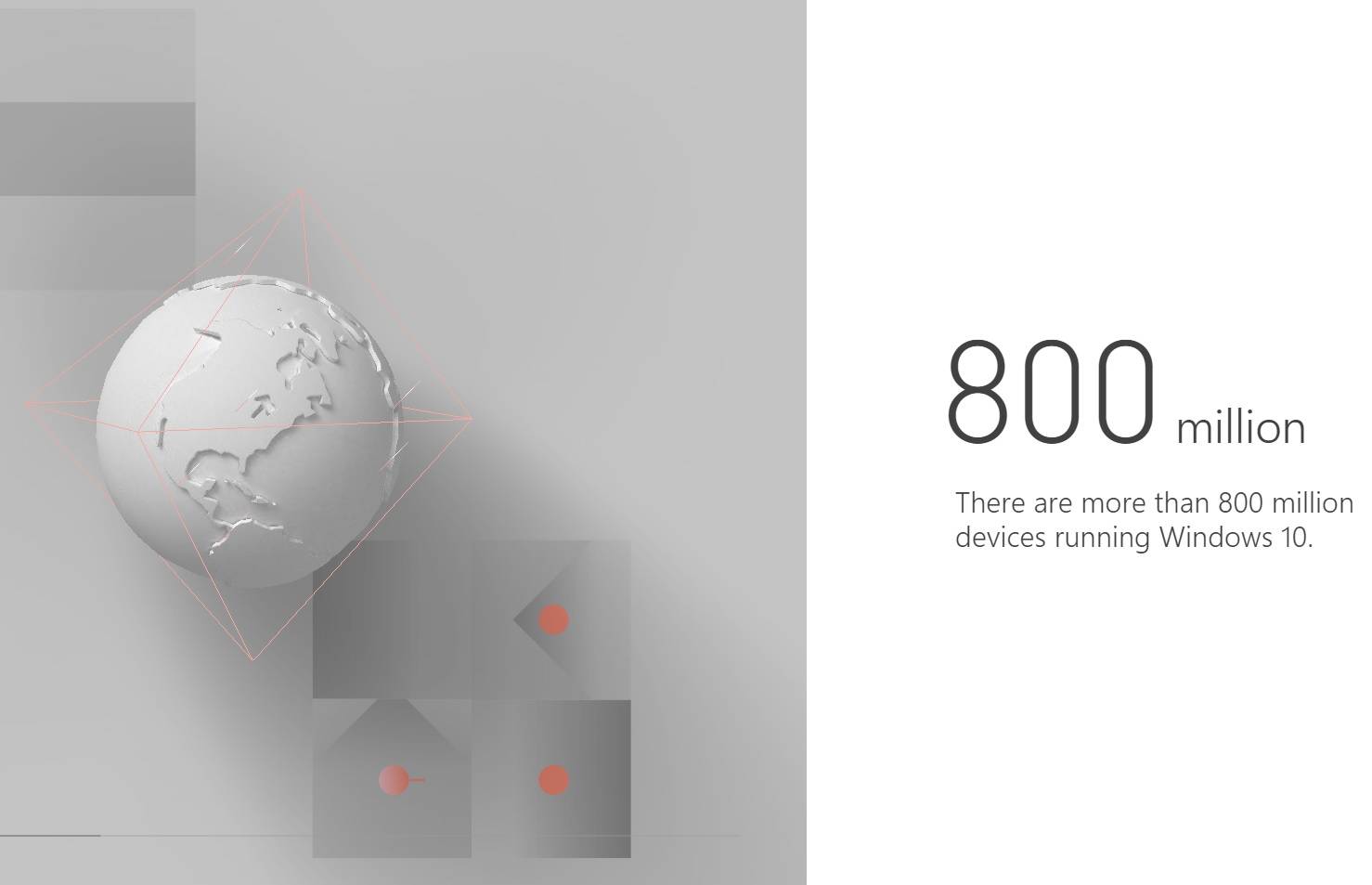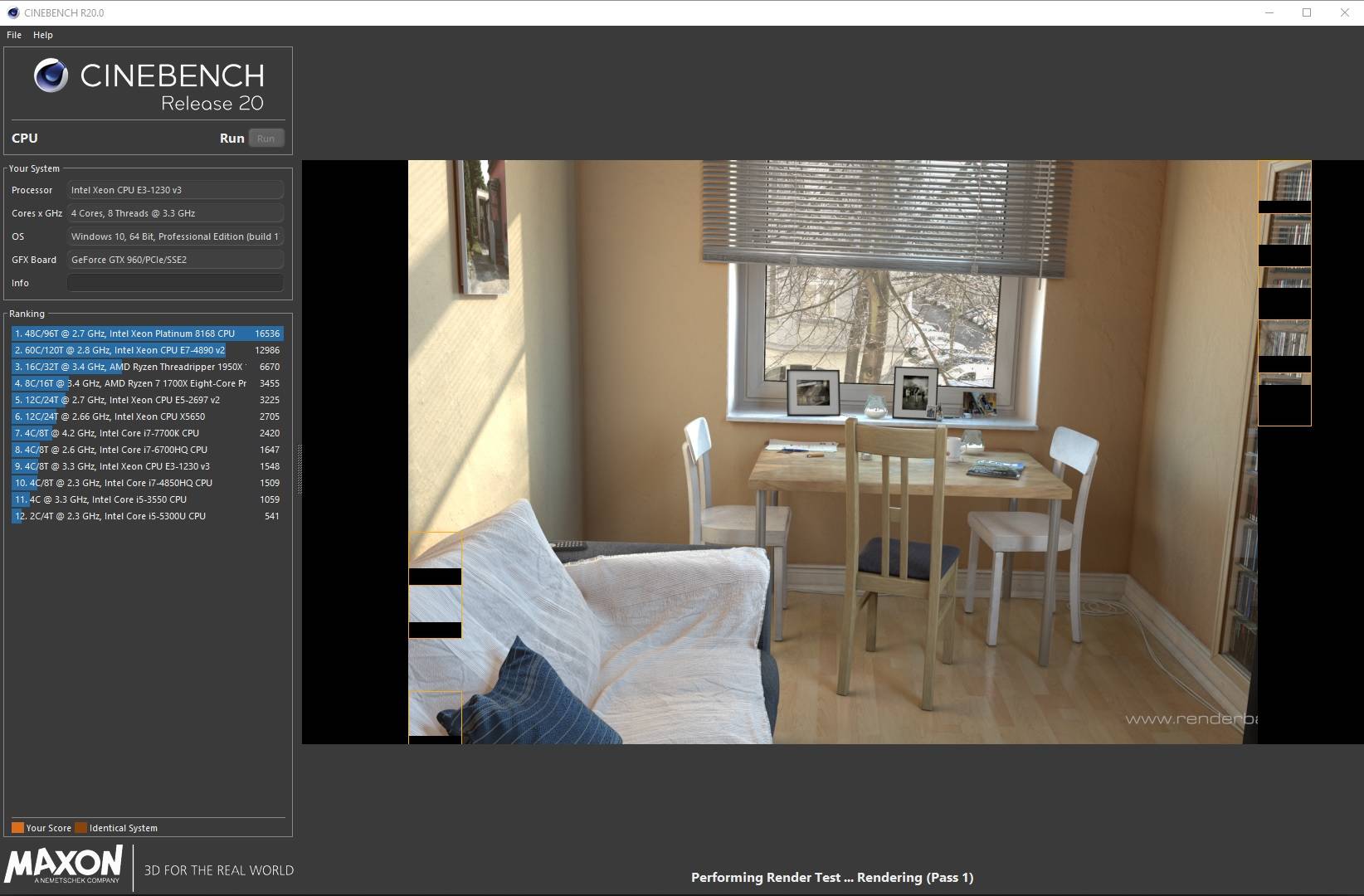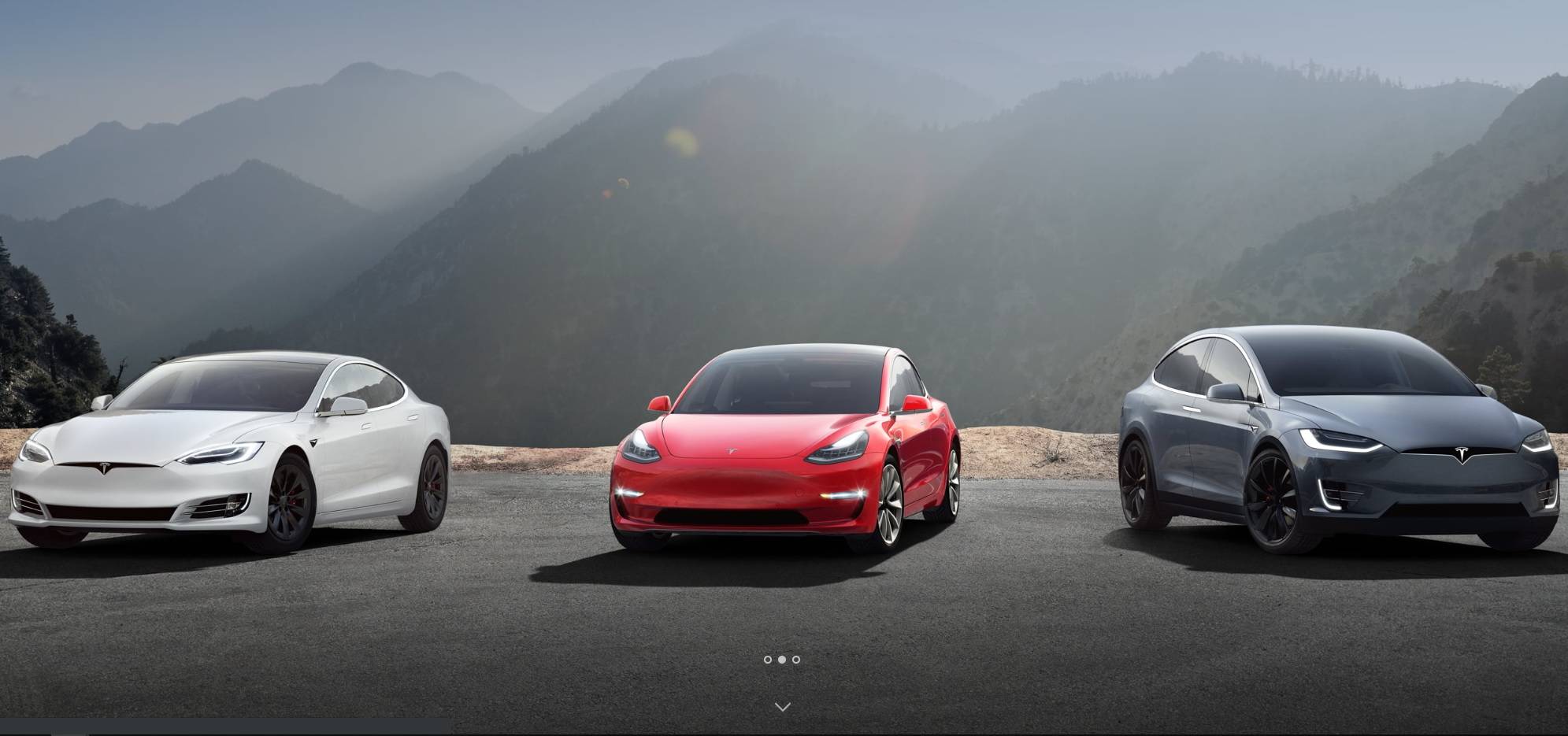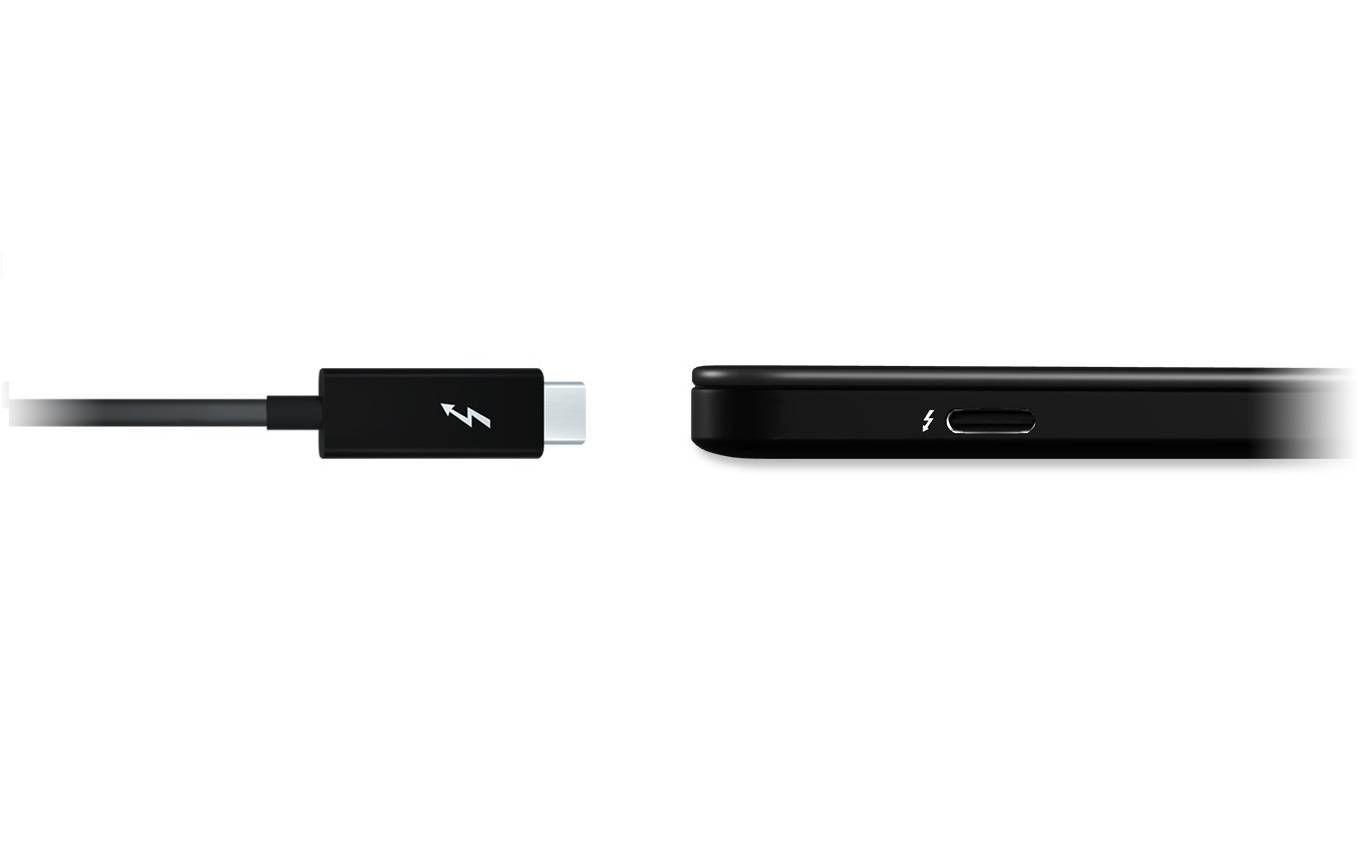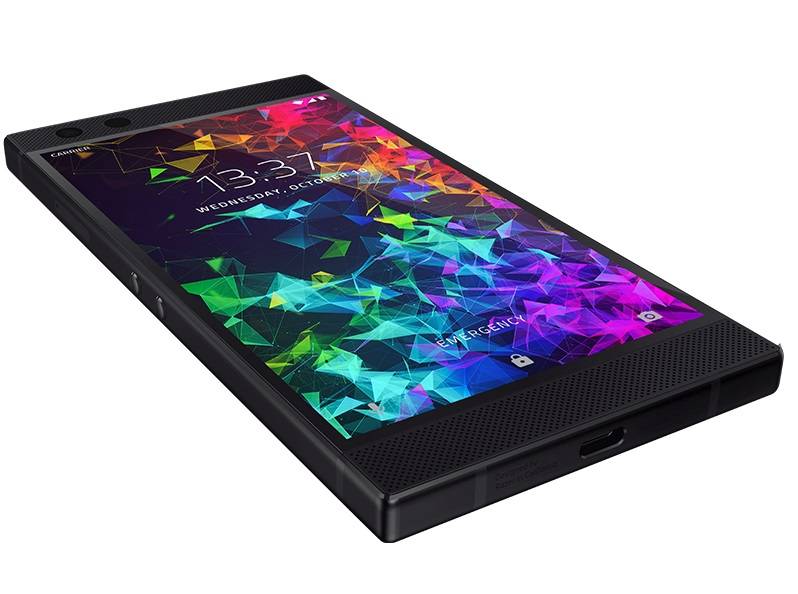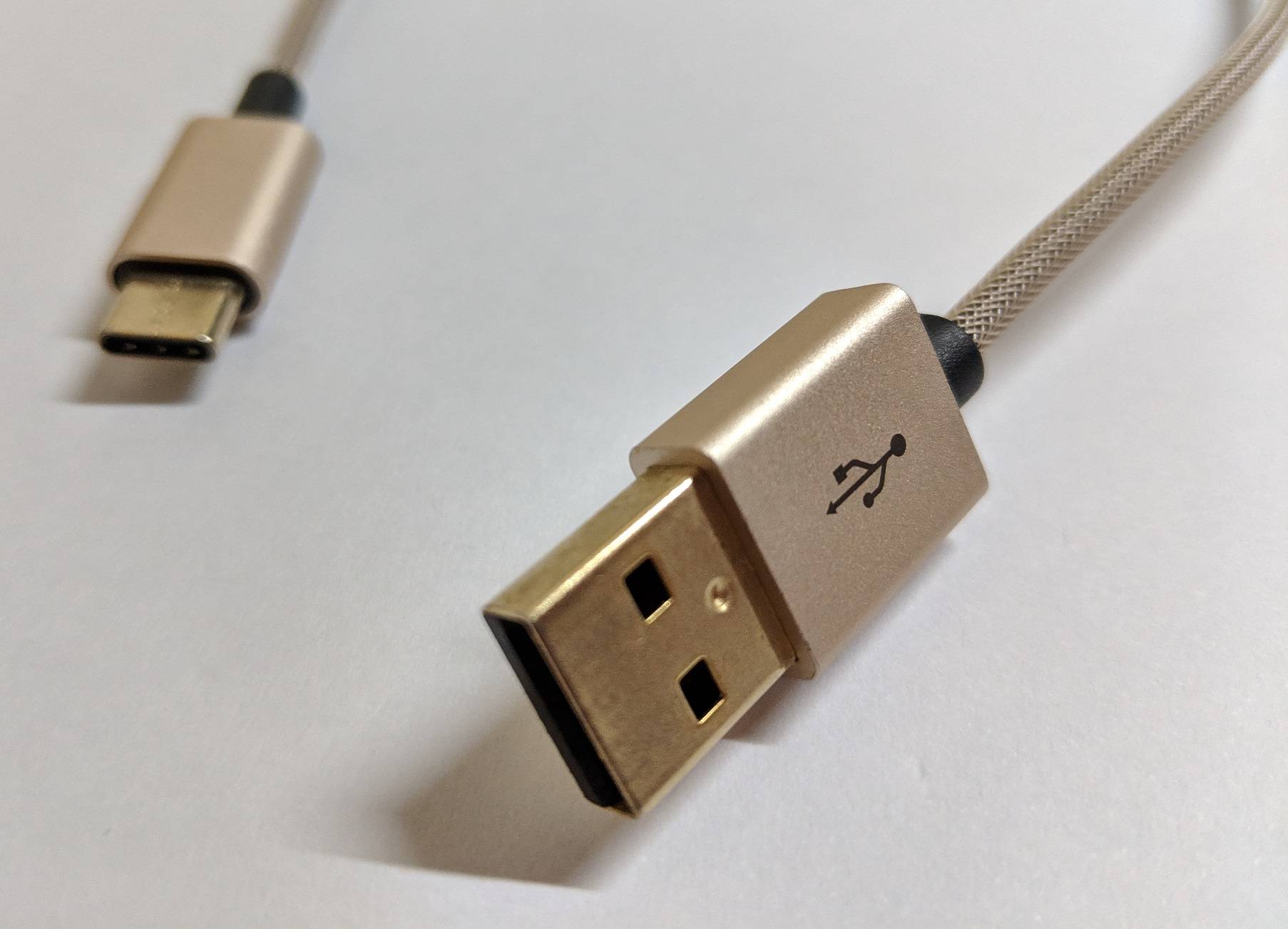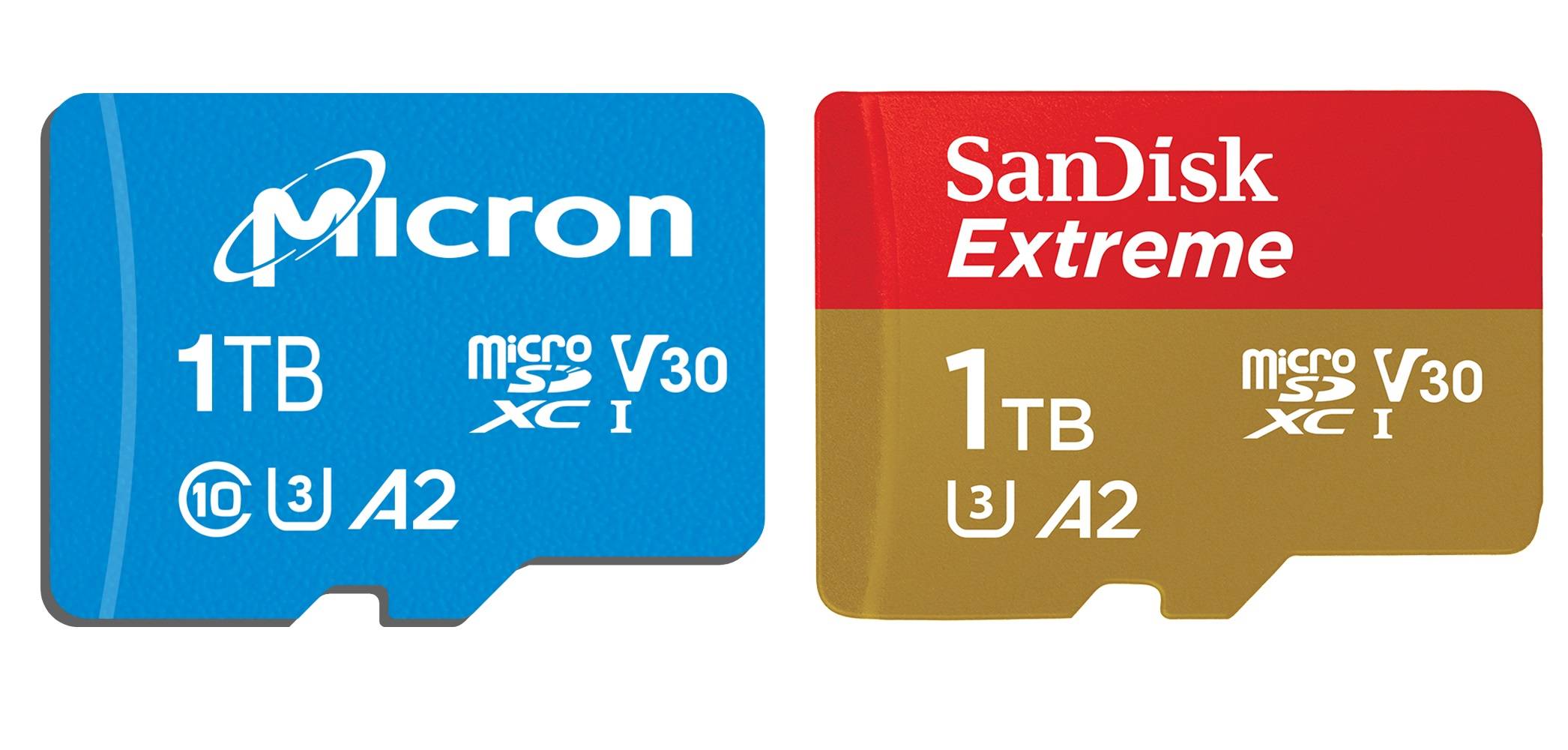
“Continued Conversation” is the feature introduced by Google in June 2018. It is only available for audio-only Google Home devices, such as the Home Mini and Home Max. This week, Google is finally rolling out the feature to the smart displays.
Continued Conversation allow users to use Google Assistant in a more natural way. Instead of shouting “Ok, Google” or “Hey, Google” every time you ask a new or follow-up question/command, the Assistant will keep on listening after its first response.
All available smart displays should be compatible with Continued Conversation, like Google Home Hub and Lenovo Smart Displays. Currently, only users in English is able to use the new feature. It will have to manually activated through the Google Assistant’s settings.
Feel free to leave comments below, if you have any opinion about this website. Share the website around if you enjoy reading it. Subscribe to our Newsletter or follow our Google+, Facebook and Twitter.
Support this website simply by shopping in Amazon. It will give us small kickbacks, if you use the above affiliate links to make any purchases, which will help us grow.





